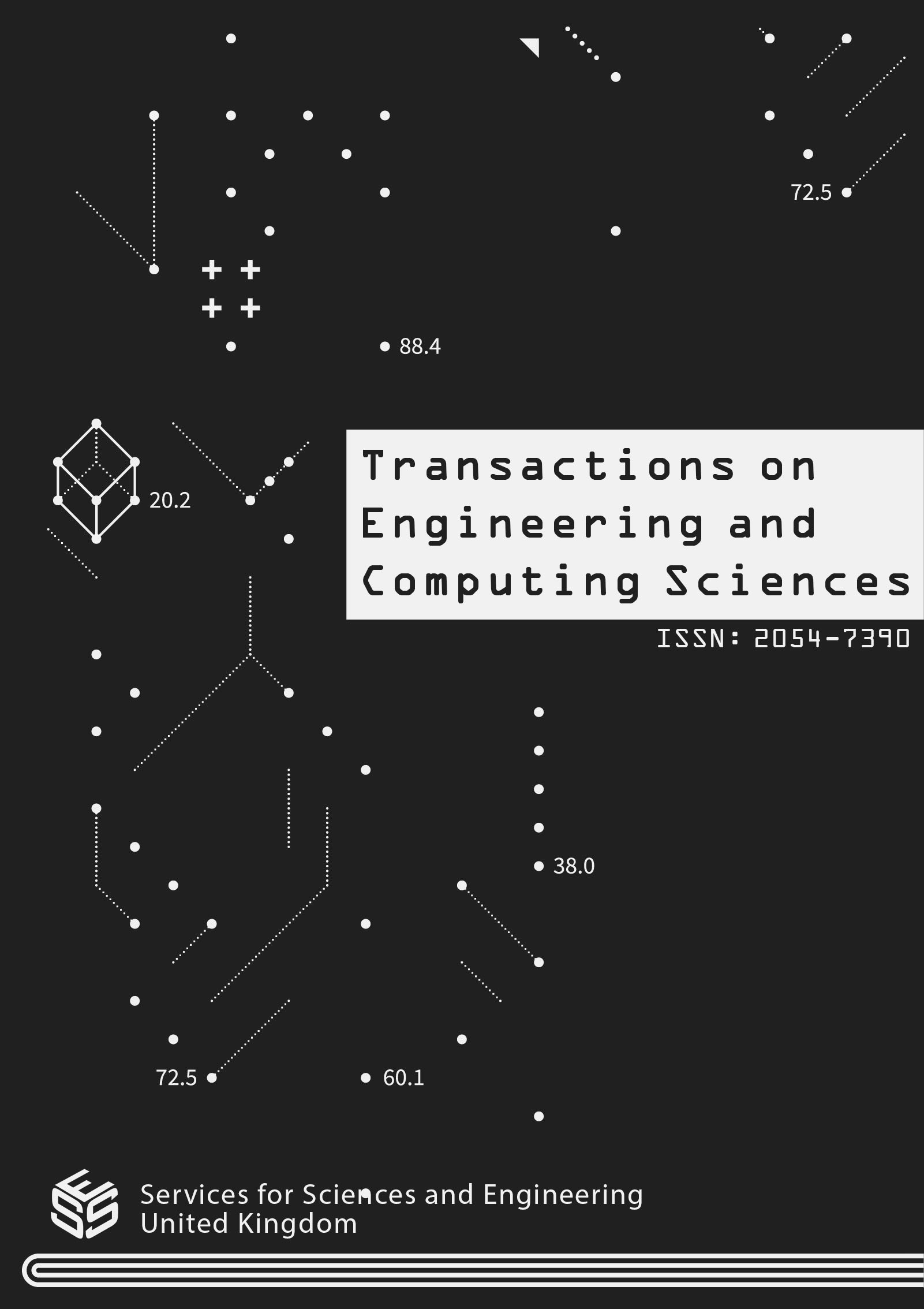Numerical Modeling of Temperature and Pressure Fields in an Enclosure with Two Openings in Natural Convection
DOI:
https://doi.org/10.14738/tmlai.1301.18300Keywords:
Enclosure with aspect ratio less than 1, Natural convection, Solid heat source, Temperature fields, Pressure fields, Numerical calculationAbstract
This work numerically studies the temperature and pressure fields generated by a solid heat source in an enclosure with an aspect ratio H/L = 0.82 having two symmetrical low openings in natural convection. The enclosure has a height H = 520 mm, a length L = 630 mm and a width l = 210 mm. The heat source is cylindrical with a diameter D0 = 20 mm and a length l = 210 mm. 04 values of the power per unit length were imposed on the heat source corresponding to 04 reduced Rayleigh numbers 0.59 × 1011, 1.78 × 1011, 2.19 × 1011 and 2.57 × 1011. 03 CAS 21, CAS 22, CAS 23 enclosures different by the position of the heat source were studied. In CAS 21, the heat source is at position x+ = 0.24, in CAS 22 at x+ = - 0.24 and in CAS 23 at position x+ = 0. The study was carried out in steady state. Numerical studies were conducted by DNS considering that the heat source is at constant power per unit length. Numerical results show that in CAS 23 and whatever the values of the reduced Rayleigh number, the thermal plume is centered at a higher temperature than that of the environment outside the plume. The thermal plume is generated by turbulent natural convection. Its initial speed is a function of the speed of fresh air entering the enclosure through the openings and its initial temperature is a function of the reduced Rayleigh number. The gas movements at the openings are created by the static pressure difference between the inside and outside of the enclosure. In the CAS 21 enclosure, the thermal plume is deflected from x+ > 0 and in CAS 22 from x+ < 0. This deflection of the thermal plume towards one of the side walls of the enclosure may be due to the Coanda effect. The numerical results of the temperature and the differential static pressure agree with the experimental measurements.
Downloads
Published
How to Cite
Issue
Section
License
Copyright (c) 2025 Koueni, Toko Christian Anicet

This work is licensed under a Creative Commons Attribution 4.0 International License.






